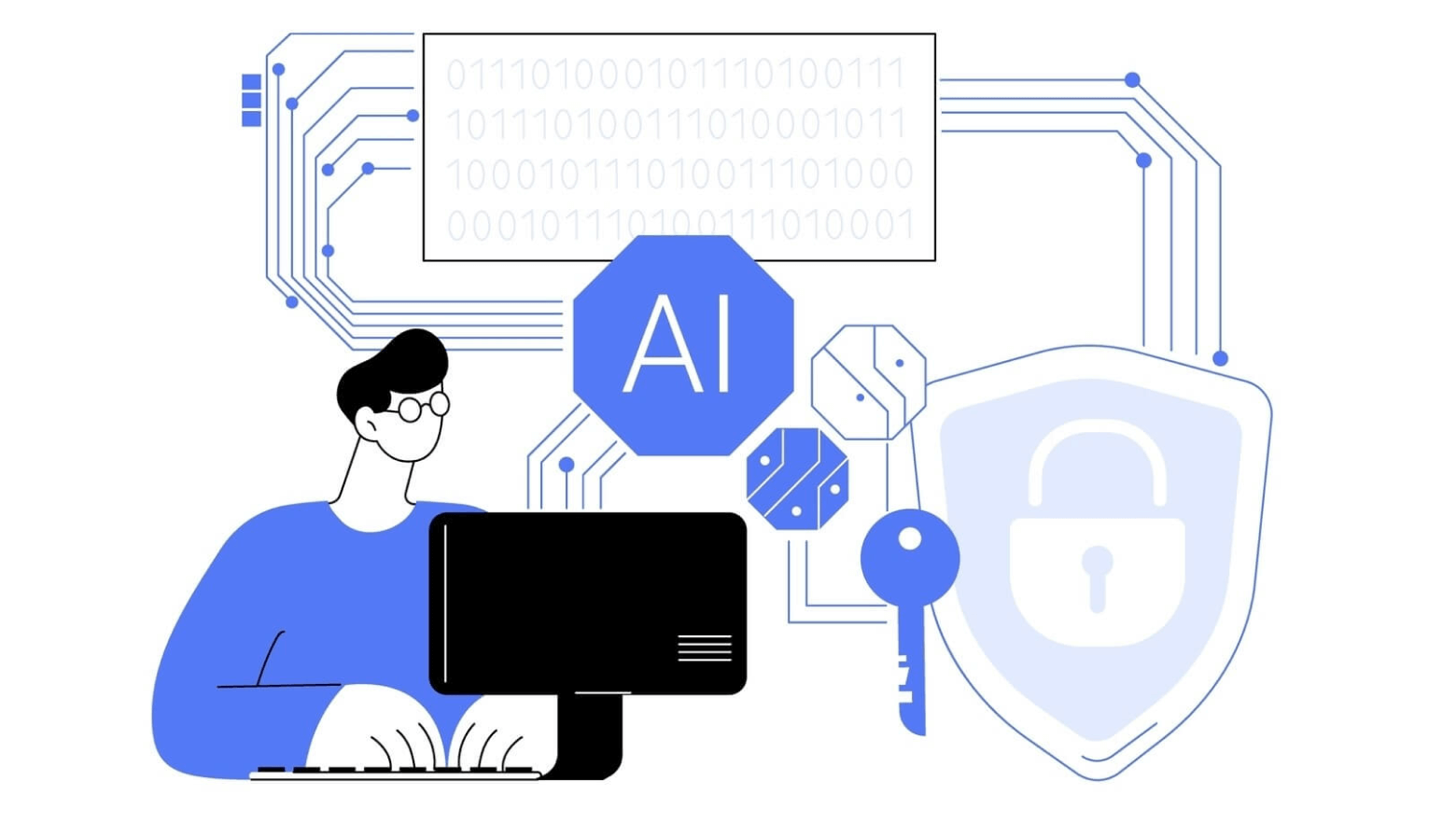In this increasingly digital world, speech recognition technology has seen remarkable growth. As businesses and individuals seek efficient ways to convert spoken language into text, the choice between cloud-based and on-premise solutions has become a critical consideration. This article delves into on-premise speech recognition, exploring its definition, security implications, operational mechanics, benefits, and practical solutions it offers for data leakage concerns.

What is On-Premise Speech Recognition
On-premise speech recognition is the installation and operation of speech recognition software on local servers within an organization's infrastructure. Unlike cloud-based solutions, which rely on external server farms to process audio data, on-premise systems maintain data processing in-house. This approach can enhance control over sensitive information and ensure compliance with regulatory requirements.
Speech Recognition and Privacy Risks
One of the most significant concerns for organizations considering speech recognition technology is the security of sensitive data. Cloud services, while convenient, pose several risks:
- Data Breaches: Personal information, financial details, or confidential business data can be at risk of loss. Sensitive voice data can be intercepted during transmission or accessed through vulnerabilities in cloud security.
- Compliance Issues: Various industries, such as healthcare and finance, are subject to strict regulations regarding data protection. Storing voice data in the cloud may violate these regulations.
- Loss of Control: By relying on third-party providers, organizations may lose control over how their data is stored, processed, and secured.
On-premise systems offer robust solutions for mitigating data leakage risks. By keeping all data processing in-house, organizations can maintain tighter control over sensitive information.
In healthcare settings , patient data must remain confidential. On-premise speech recognition can transcribe patient interactions without risking exposure to cloud vulnerabilities.
Financial institutions can use on-premise speech recognition to analyze customer service calls for compliance and quality assurance. All data remains within the organization, preventing exposure to third-party services that could lead to data leaks.
Legal firms can implement on-premise systems to transcribe court proceedings, maintaining attorney-client privilege and confidentiality.
How Does On-Premise Speech Recognition Work?
On-premise speech recognition systems utilize local servers to process audio input. The typical workflow includes:
- Audio Input: Voice data is captured using microphones or audio recording devices.
- Pre-processing: The audio is cleaned and normalized to reduce background noise and enhance clarity.
- Feature Extraction: Key features of the audio signal are extracted, such as phonemes and syllables.
- Decoding: The extracted features are matched against linguistic models to convert speech into text.
- Post-processing: The output is refined for accuracy, often including grammar and contextual adjustments.
This local processing minimizes latency and enhances responsiveness, making it suitable for real-time applications. In contrast, downtime in cloud services can disrupt access to crucial voice data.
Benefits of On-Premise Speech Recognition
Here are the key benefits of on-premise speech recognition:
Enhanced Security: Data remains within the organization’s network, significantly reducing exposure to external threats.
Compliance and Control: Organizations can ensure compliance with industry regulations, maintaining control over data handling practices.
Seamless Integration: On-premise solutions can be easily integrated with existing IT infrastructure and software applications, improving overall efficiency.
Customization: On-premise solutions can be tailored to meet specific organizational needs, including industry-specific vocabulary and jargon.
Performance: Reduced latency and improved speed can be achieved due to local processing, facilitating real-time applications. On-premise systems can function without internet connectivity, ensuring reliability even during outages.
Cost Efficiency: While the initial investment may be higher, long-term costs can be lower without ongoing subscription fees associated with cloud services.
Deploying the On-Premise Speech Recognition: What to Pay Attention to
Selecting the right speech recognition service involves several important steps. Here’s a structured approach to guide you through the process:
By followi Define Your Needs . Determine how you plan to use speech recognition. Take into account any specific needs related to your industry (e.g., legal terminology, medical jargon).
- Research Available Options . Look into various speech recognition providers, including on-premise and cloud-based solutions. Investigate user experiences and industry-specific case studies to assess performance and reliability.
- When selecting a speech recognition service, especially for sensitive applications, it’s essential to ensure that service processes data locally and does not cache information on external servers. Check if the service supports customization and has high accuracy rates for your specific use cases.
- Analyze Pricing Models .Review the pricing models and assess which aligns with your budget and expected usage.
- Consider Integration Capabilities and Test the Service . Ensure the speech recognition service can integrate smoothly with your current software and workflows. Opt for services that offer trial periods and comprehensive support, including documentation and customer service, to assist with implementation.
- Make a Decision . Weigh the pros and cons of each service based on your research and testing. Select the speech recognition service that best meets your needs, ensuring it prioritizes data security and accuracy.
ng these steps, you can make an informed decision when choosing a speech recognition service that aligns with your organizational goals and priorities. One notable provider in this case is Lingvanex.
Lingvanex On-Premise Speech Recognition
Lingvanex On-Premise Speech Recognition adheres to all the essential principles mentioned above. It guarantees data privacy by processing information locally and ensures that no data is cached on external servers. With customizable vocabulary options and robust security measures, Lingvanex is designed to meet the needs of organizations prioritizing confidentiality and security
Moreover, you can also deploy an on-premise machine translation solution from Lingvanex, further enhancing your organization’s ability to handle multilingual communication securely and efficiently.
Conclusion: Is It Worth Installation?
In conclusion, the decision to implement on-premise speech recognition depends on the specific needs and priorities of an organization. For those handling sensitive data, such as in healthcare or finance, the benefits of enhanced security, compliance, and control make on-premise solutions a compelling choice. While the initial setup may require a more significant investment, the long-term advantages, including reduced risk of data leakage and tailored functionality, often outweigh the costs.
Ultimately, investing in on-premise speech recognition technology can empower organizations to leverage voice data effectively while safeguarding their most sensitive information.



